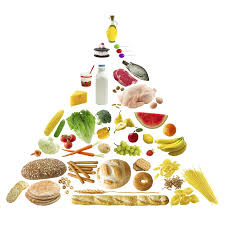India is ranked 44 in Nomura’s Food Vulnerability Index (NFVI) that compiled the vulnerability of 110 countries in the world. The top 50 countries together account for almost 60 percent of the global population reflecting the massive number of individuals and households that are vulnerable. The NFVI ranks countries on the basis of their exposure to large swings in food prices. To arrive at this estimate, Nomura looks at a country’s GDP per person, the share of food in household consumption and the net food imports. Typically, lower per capita GDP, higher share of food in household consumption and high net food imports would make a country more vulnerable to spikes in food prices.
Daily Current Affairs Quiz 2019
At 4.6%, India’s retail inflation for October touched a 16-month high because of the jump in food prices. Food inflation grew by almost 8% – nearly double the rate of overall retail inflation. The essential items that contributed to this rise were pulses (inflation rate 12%) and vegetables (inflation rate 26%) and fish and meat (inflation rate 10%), the Asia-headquartered financial services group with an integrated global network spanning over 30 countries.
